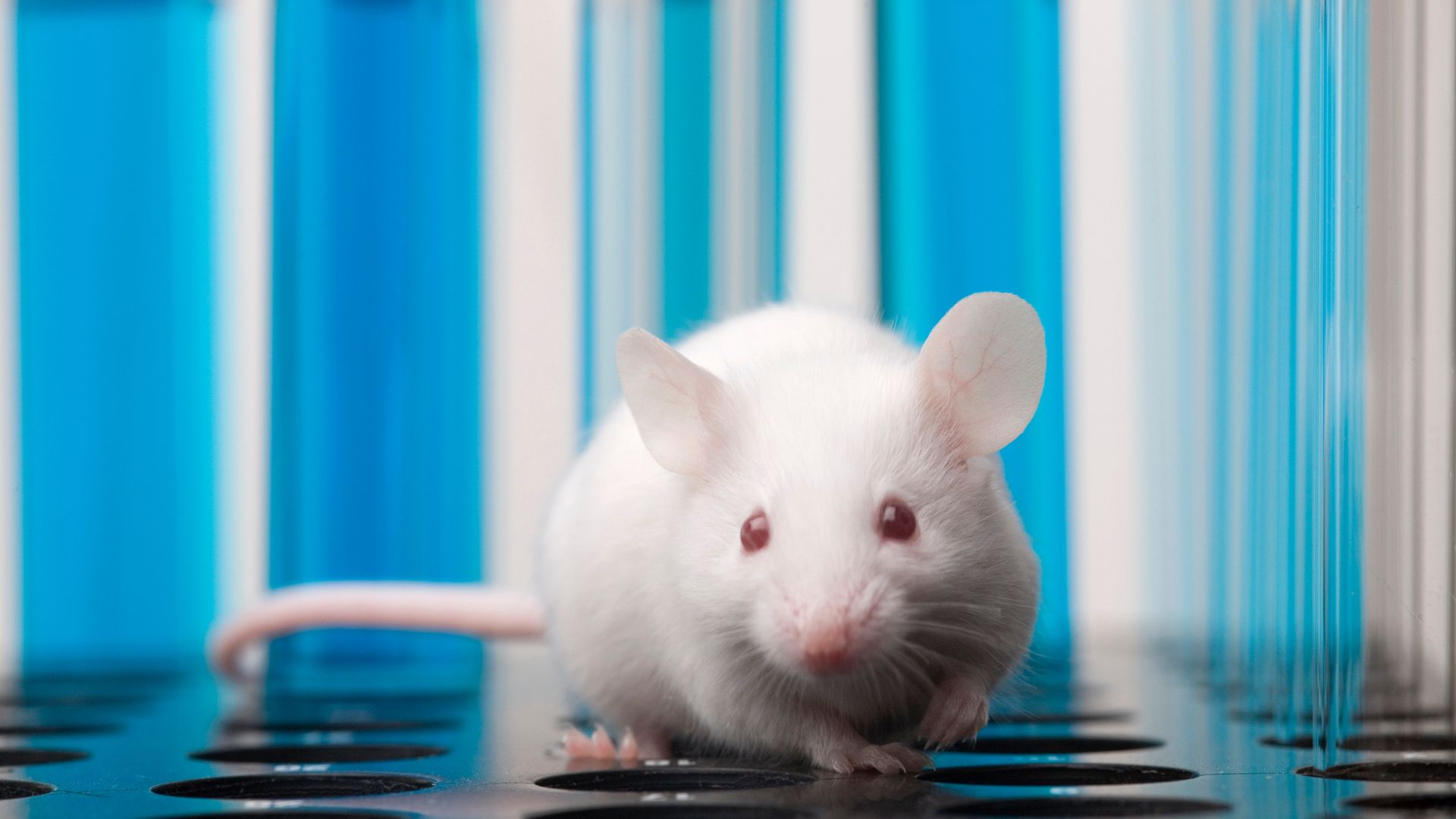Fitness
New drug gives 700% boost to insulin-producing cells in mice

Diabetes has impacted people around the world severely. In the US alone, about 29.7 million people of all ages making up 8.9 percent of the population were diagnosed with the disease as of 2021.
As per the Centers for Disease Control and Prevention (CDC), 352,000 children and adolescents younger than age 20 years—or 35 per 10,000 U.S. youths were diagnosed with diabetes.
Now, scientists at Mount Sinai and City of Hope have alas made a breakthrough to essentially reverse the disease by developing a new drug therapy.
Diabetes drug boosted insulin-producing cells by 700%
In a new study, they tested the drug on diabetic mice, which showed a significant boost in insulin-producing cells by 700 percent over the course of just three months.
Catherine Charneski, the editor of the study commented that diabetes is usually a result of insufficient beta cells (pancreatic cells producing and releasing insulin to regulate blood sugar levels in the body) and insufficient beta cell mass.
Currently, there are no approved treatments that increase the beta cell numbers. However, in this new development authors showed that “combined treatment with a DYRK1A inhibitor and GLP1R agonist in vivo promoted substantial increases in human β cell mass transplanted into immunodeficient mice.”
Harmine ( a natural molecule seen in particular plants), functions to deter an enzyme called DYRK1A found in beta cells. It is combined with GLP1 receptor agonist (a class of diabetes drugs including the infamous Ozempic).
Experiment conducted on diabetic mice
The experiments were performed on immunodeficient mice (both type 1 and type 2 diabetes) using the combined drug. It led to significant increases in the mass of human beta cells that had been transplanted into the mice.
The insulin-producing cells grow within the body taking just a few months.
The treatment was effective on mice with both type 1 and type 2 diabetes, taking just about three months for the reversal of the disease. The recovery state was maintained even after the treatment was stopped.
“Three months of combination treatment restored glucose homeostasis in a streptozotocin-induced model of diabetes, with effects lasting for at least a month after treatment withdrawal,” stated Charneski.
Dr. Adolfo Garcia-Ocaña, corresponding author of the study told New Atlas that this is the first time scientists have developed a drug treatment that is proven to increase adult human beta cell numbers in vivo.”
“This research brings hope for the use of future regenerative therapies to potentially treat the hundreds of millions of people with diabetes,” he stated.
The study noted that the observed effects were due to changes in beta cell multiplication, function, and longevity, the initial analysis showed.
While the results might be promising, further research is needed to ascertain the drug’s effectiveness on humans suffering from this rising disease.
“Although promising, further work will be needed to confirm the mechanisms of action and whether the therapeutic benefits and safety of the approach would translate to humans,” Charneski says.
The study was published last week [July 10, 2024] in the journal – Science Translational Medicine.
ABOUT THE EDITOR
Shubhangi Dua As a quirky and imaginative multi-media journalist with a Masters in Magazine Journalism, I’m always cooking up fresh ideas and finding innovative ways to tell stories. I’ve dabbled in various realms of media, from wielding a pen as a writer to capturing moments as a photographer, and even strategizing on social media. With my creative spirit and eye for detail, I’ve worked across the dynamic landscape of multimedia journalism and written about sports, lifestyle, art, culture, health and wellbeing at Further Magazine, Alt.Cardiff and The Hindu. I’m on a mission to create a media landscape that’s as diverse as a spotify playlist. From India to Wales and now England, my journey has been filled with adventures that inspire my paintings, cooking, and writing.


)






